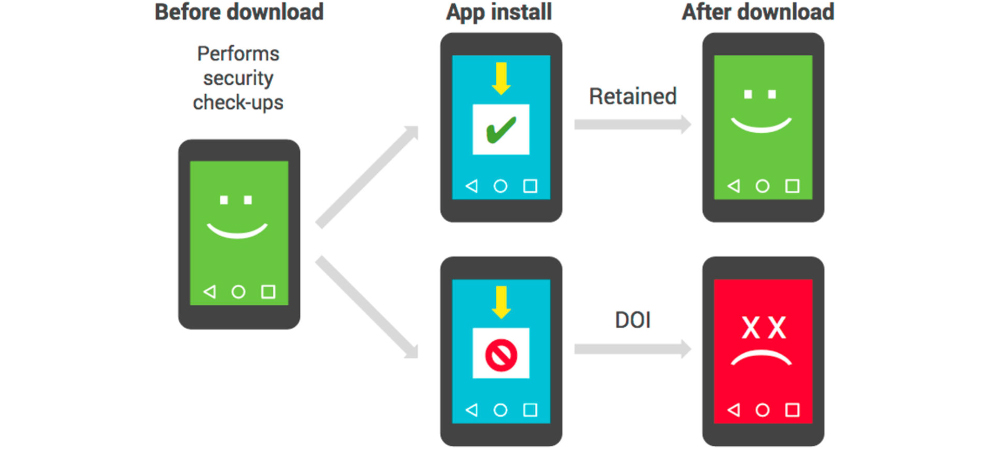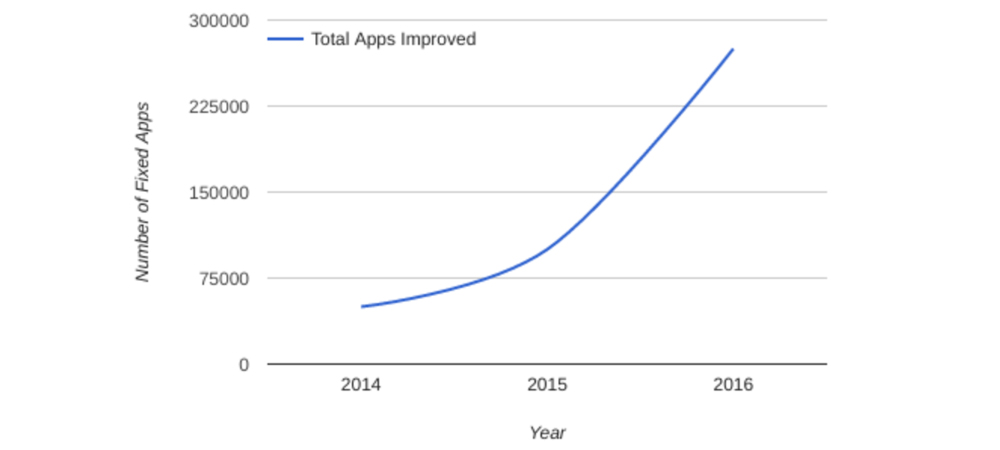65 million. This is the number of times a mobile threat was blocked by Google in 2016, out of a total of 19.2 million unique apps with malicious content for Android, data that nearly double the 10.7 million detected malicious apps In 2015. In 2016, mobile threats have proven to be even more varied and have affected more companies, mainly because in these times the use of smartphones and tablets in the business environment is increasing. The attacks produced in 2016 were mostly app adware, spyware, banking and SMS Trojan.

Google, to prevent the inclusion of malicious applications and malicious games in its Play Store for Android, performs periodic security checks, and is that in the past some apps have managed to evade the security controls to be downloaded by users who later have found with malicious code on their devices. Even if an app exceeds the preliminary checks for inclusion in the Play Store, Google continues to analyze its behavior after it has been downloaded and installed on the user's device. Well, how does Google's system scanning software work to check that there are no malware in the Play Store? In an entry of the Android Developers Blog, the company has explained it. It's a rather complicated system, but obviously, it has its logic.

The point is that, despite all efforts, even ransomware increased its reach and effectiveness in 2016, proving once again that mobile users are a very important target audience for cybercriminals. These took advantage of the discovery of new vulnerabilities, which also allowed to affect smartphones and tablets with iOS. In detail, ransomware has tripled over the previous year. Most of them are screen lockers, and they are actually able to lock the screen by manipulating the Android operating system, after being introduced to the device through social-network-related hoaxes, fake system updates, through games or, as always, pornographic content. Google insists it is constantly working to better understand how to make Android devices work in the most efficient and secure way. We will see if in 2017 this dangerous trend changes to better.